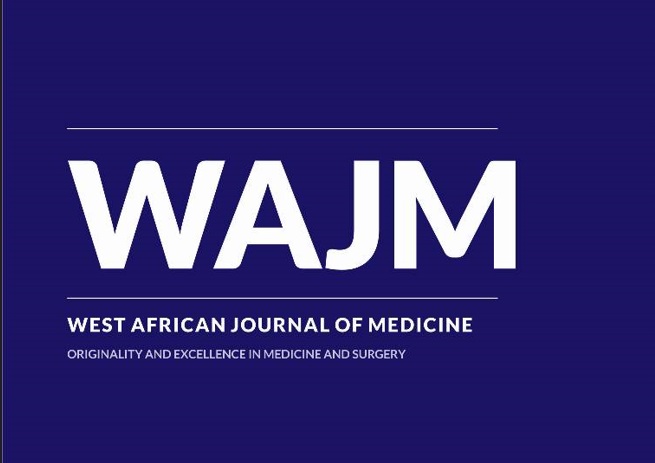ORIGINAL: Analysis of the Factors Affecting the Male-Female Sex Ratio of Babies Born through Assisted Reproductive Technology
West Afr J Med. 2024 July; 41(7): 818-825 PMID: 39357059
Keywords:
BMI, Blastocyst, Cleavage, Frozen/fresh embryo, ICSI, IVF, Race, Sex RatioAbstract
Background: Until now, the sex ratio in a population is believed to be relatively stable with no male/female preponderance. There has been an increasing amount of evidence to suggest that assisted conception may significantly impact on sex ratio (SR). Several factors have been suggested to affect SR such as parental variables (paternal race, maternal age, and body mass index-(BMI), methods of fertilisation (in-vitro fertilisation/intracytoplasmic sperm injection), stage of embryo transfer (cleavage/blastocyst), type of IVF cycle (fresh/cryopreserved), medications used for controlled ovarian stimulation, poor sperm motility, and even culture media.
Objectives: This study aims to investigate the potential impact of the different ART procedures on sex ratio. It will also explore the relationship between paternal race, maternal age and body mass index BMI on sex ratio.
Methods: A retrospective cohort study from January 2017 to December 2023. Participants were women who had successful ART and delivery at Ninewells Assisted Conception Unit (NACU) Dundee and ART centre of Lagos University Teaching Hospital, Nigeria.
Results: Overall, 294 (66.2%) of the case records and 150 (33.8%) were evaluated from NACU and LUTH respectively. More male infants 244 (66.8%) were delivered following pregnancies conceived with blastocyst embryo stage transfer when compared with female infants which stood at 121 (33.2%). Concerning cleavage embryo stage transfer, 56 (70.9%) were in favour of female newborns while males accounted for 23 (29.1%).
Conclusion: The study revealed that there is an increase in the proportion of male babies born following certain assisted conception techniques such as blastocyst stage embryo transfer and IVF while more female babies were born when cleavage stage embryos were transferred or when ICSI was used as a method of fertilisation.


